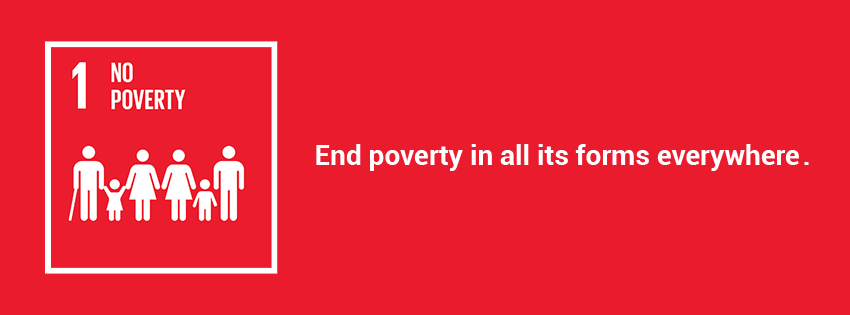
No Poverty: A Comprehensive Approach to Eradication
Ending poverty in all its forms requires a multi-dimensional strategy that addresses economic, social, and structural barriers. In 2020, the global number of people living in extreme poverty—those surviving on less than USD 2.15 a day—rose to 724 million. This population struggles to meet even the most basic needs, including access to health, education, water, and sanitation. Achieving the central commitment to eradicate poverty and leave no one behind demands urgent action and investment to enhance economic opportunities, expand access to education, and establish comprehensive social protection systems, particularly for the most marginalized groups.
Key Initiatives and Programs
Child Poverty Reduction Programs
OSTIM Technical University supports low-income families through targeted child benefits and nutrition programs to break the cycle of intergenerational poverty. By providing free or affordable early childhood education and health services, the university ensures equal opportunities for children from disadvantaged backgrounds.
Universal Social Protection Systems
The university is committed to creating or expanding universal social protection programs, including pensions, unemployment insurance, and disability benefits. These initiatives prioritize vulnerable populations—such as the elderly, disabled, and unemployed—ensuring they receive consistent financial assistance and security.
Education and Skills Training
OSTIM Technical University prioritizes access to quality education and vocational training programs tailored to local labor market needs. Efforts are focused on marginalized and remote areas, with special attention to adult literacy and job-oriented training programs.
These policy measures complement existing efforts to combat poverty and aim to build a sustainable, inclusive development framework by addressing structural barriers and ensuring direct support for those most in need.
Aiming for Global Equity by 2030
OSTIM Technical University is dedicated to ensuring that, by 2030, all individuals—especially the poor, vulnerable, and youth—have equal access to economic resources, basic services, property ownership, inheritance, natural resources, and modern technologies. The university also emphasizes the importance of financial services, such as microfinance, to empower underserved populations.
A further objective is to enhance development cooperation to channel resources effectively, particularly to least-developed countries. This approach provides the necessary means to implement policies and programs that address poverty in all its dimensions.
Contributions Through Education
Since its establishment in 2017, OSTIM Technical University has offered 100% and 50% scholarships to both national and international students. Higher education tuition fees often pose a significant barrier for aspiring students from low-income backgrounds. By providing financial support, the university actively contributes to Sustainable Development Goal 1 (No Poverty) by enabling access to education for those who cannot afford it.
OSTIM Technical University remains steadfast in its mission to reduce poverty and promote equitable opportunities for all, aligning with its vision of a world where no one is left behind.
|
OSTIM Technical University: Number of students, distribution of male and female students and number of students receiving scholarships according to scholarship rates for the Academic Years |
||
|
Student Numbers |
The Academic Years |
|
|
2023-2024 |
2024-2025 |
|
|
Number of Female Students |
1,949 |
2,262 |
|
Number of Male Students |
5,528 |
6,229 |
|
Total Number of Students |
7,477 |
8,491 |
|
|
||
|
Number of National Students |
4,365 |
5,365 |
|
Number of International Students |
3,112 |
3,126 |
|
Total Number of Students |
7,477 |
8,491 |
|
|
|
|
|
Number of Female Students with 100% Scholarship |
405 |
448 |
|
Number of Male Students with 100% Scholarship |
1,054 |
1,100 |
|
Number of Students With 100% Scholarship |
1,459 |
1,548 |
|
|
||
|
Number of Female Students with 50% Scholarship |
1,544 |
1,814 |
|
Number of Male Students with 50% Scholarship |
4,474 |
5,129 |
|
Number of Students with 50% Scholarship |
6,018 |
6,943 |
|
|
||
|
Total Number of Scholarship Students |
7,477 |
8,491 |
|
Total Number of Students |
7,477 |
8,491 |